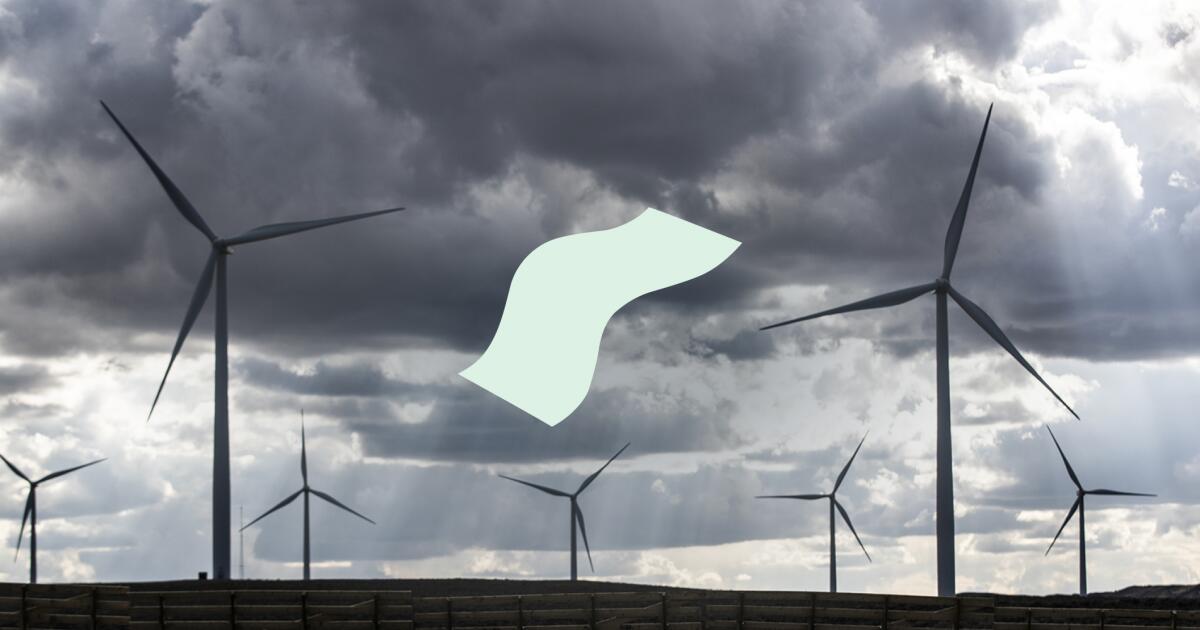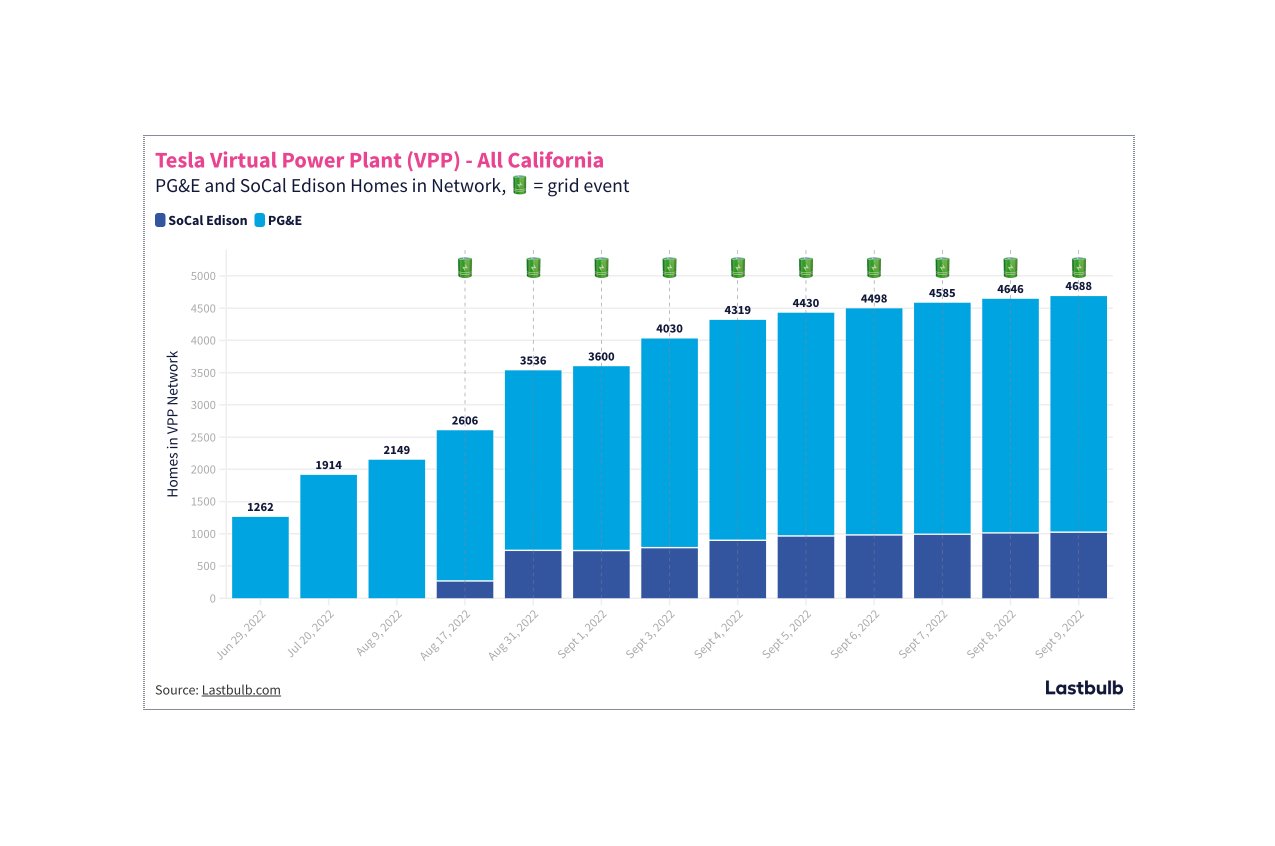dgpcolorado
high altitude member
Well, Powerwalls have always been very expensive for what you get but that hardly means that abusing a car battery is a good idea. I think that the V2G idea seems better to those who are so wealthy that they can afford a new car every few years and don't care what happens to the old one, since it is under warranty. For those of us who typically keep cars for at least a decade or two, avoiding replacing a battery is a big deal.You do know that there's a problem getting recycling up and running due to the lack of batteries to recycle, right? LOL
V2G use would likely be <10kW rate, low enough to be negligible to the battery which is drained at 20+kW on the highway with spikes to 50-75kW. With battery that is good for 300k-1M miles, using it for V2G might mean the battery actually is worn in 10-15 years.
People are buying Tesla PowerWalls to get $2/kWh in CA. The per kWh price of EV is much lower than home battery so you can get in on VPP-like program with a much smaller investment that is also 'upgradable' every time you get a new EV.
I think it remains to be seen if EV batteries will last 300k to 1 million miles, as you suggest. Almost none of the original Tesla car batteries make it much past 200k miles, if that far, from user reports I've seen.
I'm down more than twenty percent (to 163 RM) in 138k miles over eight years and am concerned about getting stranded if one of my modules craps out on a road trip, because that often drastically limits charging and range, according to those who've had it happen. Even if it happened at home I'd have to have a flatbed tow to get to the service center 300 miles away, and wait for weeks while a rebuilt battery pack was ordered. I've toyed with getting a battery upgrade at 057 in North Carolina but how long would a $15k rebuilt pack with used cells be expected to last? It isn't as if even Tesla rebuilds packs for old cars with new cells, so far as I know.
Perhaps you are right about the newer packs and they really will go 300k miles. For now, I remain skeptical. When you get over 300k miles on an original battery, please let us all know!




